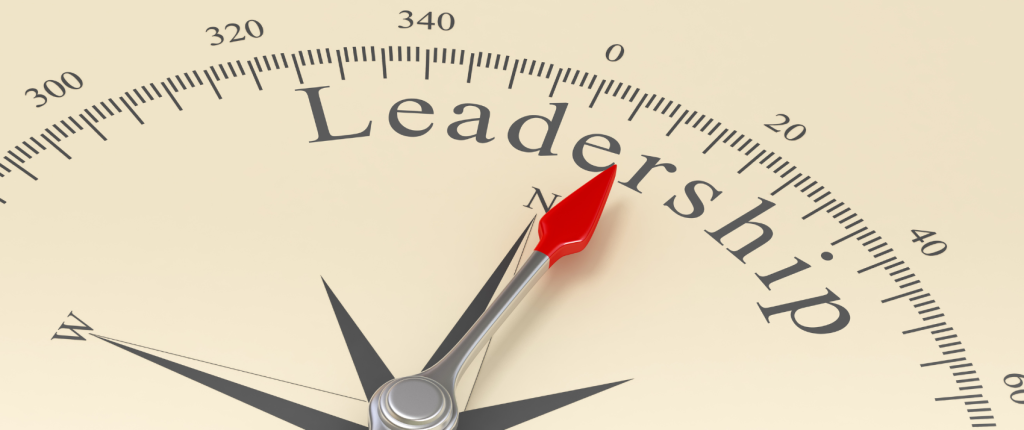“Leadership is not about being in charge. It’s about taking care of those in your charge.” This powerful quote from Simon Sinek not only reframes the way we think about leadership styles but also reflects a growing trend in 2024: successful leadership is no longer defined by title alone. In fact, according to a 2023 global study by Gallup, only 21% of employees feel engaged at work—a number that is closely tied to the leadership styles they are exposed to. That means nearly 80% of employees worldwide are not actively engaged, presenting a shocking yet golden opportunity for leaders to rethink their leadership style.

As we move deeper into the 21st century, the concept of leadership continues to evolve. Today, it is about more than just authority or hierarchy—it’s about the ability to inspire, motivate, and unlock the potential in others. This article will explore how different leadership styles—ranging from autocratic to transformational—impact not only the leaders themselves but also the teams they manage. And by offering real-world examples of leadership in action, we’ll help you understand which styles are best suited to different situations.
The Importance of Choosing the Right Leadership Style
Leadership is not one-size-fits-all. The type of leadership you employ can make or break the success of your team. So, how does one choose the right style? And more importantly, how do these styles manifest in the real world? Let’s delve into three widely recognised leadership styles—autocratic, democratic, and transformational leadership—and see how they shape team dynamics and organisational success.
1. Autocratic Leadership: Command and Control

Autocratic leadership is often seen as outdated, but there are situations where it still has value. This style is highly directive, with leaders making decisions unilaterally. Autocratic leaders thrive in environments where quick, decisive actions are necessary, such as the military or high-stakes corporate scenarios. For instance, Steve Jobs was known for his autocratic tendencies at Apple. His unwavering vision and refusal to compromise led to the creation of some of the world’s most iconic products, such as the iPhone and the MacBook.
However, this style can come at a cost. Employees under autocratic leadership may feel undervalued or disengaged, particularly in industries where creativity and collaboration are key. As noted earlier, only 21% of global employees feel engaged, and this can often be linked to autocratic leadership where their voices aren’t heard. Thus, while autocratic leadership can be effective in high-pressure situations, it should be used sparingly and with caution in environments where employee input is vital to success.
2. Democratic Leadership: Encouraging Collaboration

On the opposite end of the spectrum, we have democratic leadership, where decisions are made collectively with input from team members. This style is particularly effective in creative industries or any environment that thrives on innovation and team engagement. Google is a prime example of democratic leadership in action. Under the democratic leadership of Sundar Pichai, Google has built a culture that promotes open communication and collaboration. Employees are encouraged to share their ideas and take ownership of projects, leading to a more motivated workforce and, ultimately, more innovative solutions.
But democratic leadership is not without its challenges. While it fosters inclusivity, decision-making can be slow and cumbersome, especially in large organisations. In some cases, the need to reach a consensus can delay critical actions, which might not be ideal in fast-paced environments where swift decisions are required. However, for organisations that value innovation and employee engagement, democratic leadership can significantly boost team morale and creative output.
3. Transformational Leadership: Inspiring Change and Innovation

If autocratic leadership is about control and democratic leadership is about collaboration, transformational leadership takes it one step further by focusing on inspiring and motivating teams to achieve beyond what they thought was possible. Transformational leaders are visionary, and their influence goes beyond day-to-day tasks; they drive long-term change by fostering an environment where innovation and personal growth thrive.
One of the most prominent examples of transformational leadership is Elon Musk. As the CEO of SpaceX and Tesla, Musk’s leadership style has been characterised by his ability to challenge the status quo and push his teams to break boundaries. By setting ambitious goals, such as the colonisation of Mars and the development of electric vehicles for the masses, Musk inspires his employees to think bigger and bolder, often pushing the limits of what seems achievable.
However, while transformational leadership can be exhilarating for those who thrive in dynamic environments, it can also be overwhelming. The constant drive for innovation can sometimes lead to burnout if not managed carefully. This is where transformational leaders must balance their lofty visions with a grounded approach, ensuring that their teams have the resources and support to execute these grand ideas effectively.
The success of transformational leadership lies in its ability to align the goals of the organisation with the personal and professional growth of its employees. When employees feel like they are part of something bigger, they are more motivated to go the extra mile. Research from Harvard Business Review in 2023 found that companies with transformational leaders were 27% more likely to experience sustained long-term growth compared to those with more traditional leadership models. This clearly demonstrates the power of leadership that not only directs but also inspires.
How to Determine the Best Leadership Style for Your Organisation

With such a wide range of leadership styles to choose from, how can leaders determine which one is the best fit for their organisation? The answer lies in the context. A leadership style that works in a high-pressure, fast-paced corporate environment might not be suitable for a more relaxed, creative industry. For example, a transformational leader might be the perfect fit for a tech startup looking to disrupt the market, but a more democratic approach could yield better results in industries that require strong collaboration, such as marketing or education.
Moreover, the evolving workplace of 2024—characterised by remote work, flexible schedules, and an increased focus on mental health—calls for leaders to adapt and combine elements from different leadership styles to create a hybrid approach. For instance, leaders who embrace both democratic and transformational qualities can empower their teams to contribute ideas while also guiding them towards an inspiring vision of the future.

The Best Leadership Style for 2024: Combining Styles for Maximum Impact
The workplace in 2024 is more diverse and dynamic than ever before. With the rise of remote work, global teams, and ever-evolving industries, the need for adaptable leaders is paramount. The best leaders in today’s world are those who can blend different leadership styles based on the situation, team dynamics, and organisational needs.
For instance, a hybrid leadership style can allow leaders to be both visionary and pragmatic. In times of crisis, an autocratic approach might be necessary to make quick decisions, but in moments of growth and collaboration, democratic and transformational styles may prove more effective. The key is understanding when and how to apply these styles for maximum impact.
Consider the tech giant Microsoft, led by Satya Nadella, who seamlessly combines elements of transformational and democratic leadership. Nadella’s focus on empathy, inclusion, and innovation has revitalised Microsoft’s culture, making it one of the most valuable companies in the world today. He has fostered a collaborative atmosphere while maintaining a clear vision for the future—creating a balance that has not only driven profits but also transformed Microsoft into a more forward-thinking and innovative company.
The ability to combine leadership styles is becoming increasingly essential in modern organisations. Leaders who can effectively combine different styles, such as authoritative, democratic, and laissez-faire, are more likely to foster a positive work environment, enhance employee engagement, and ultimately drive organisational success.”

Take Action: Leading the Future Starts Today
If there’s one thing that’s clear from examining these leadership styles, it’s that no single approach works in every situation. The leaders who stand out are those who are versatile, who understand their team’s needs, and who inspire their people to reach new heights. Whether you’re leading a small team or an entire organisation, the key to success in 2024 and beyond is adaptability.
At Regenesys, we don’t just teach leadership theories—we help you apply them in real-world scenarios. Our leadership development programmes are designed to give you the skills and insights needed to become a versatile leader who can navigate the challenges of today’s dynamic business environment. Whether you’re looking to refine your leadership style or develop new strategies for leading your team, our courses offer the tools and knowledge to help you succeed.
Remember, great leadership is not about sticking to one style. It’s about evolving, learning, and adapting to lead with impact. So, what’s your next step in becoming the leader your team needs?






